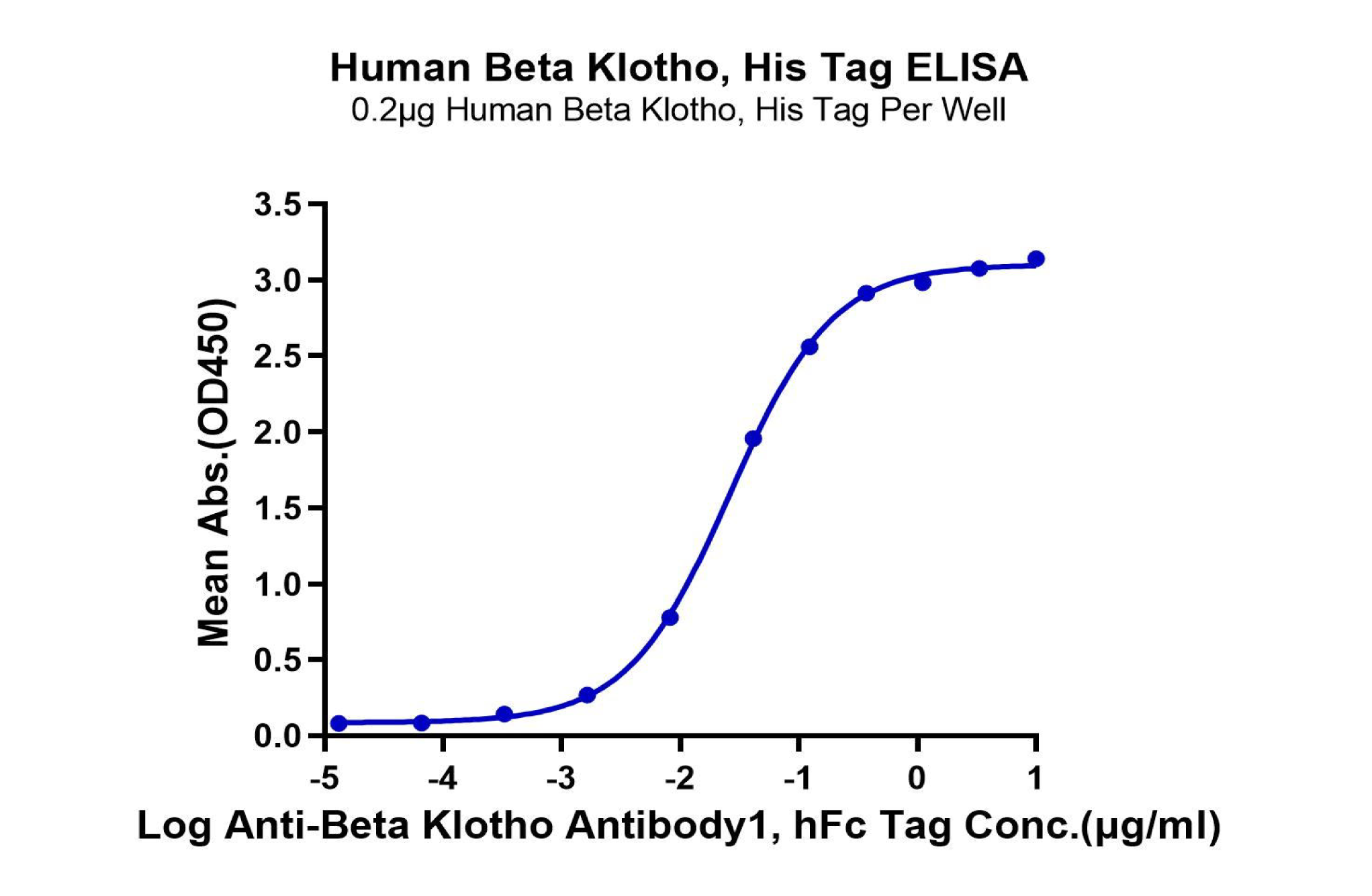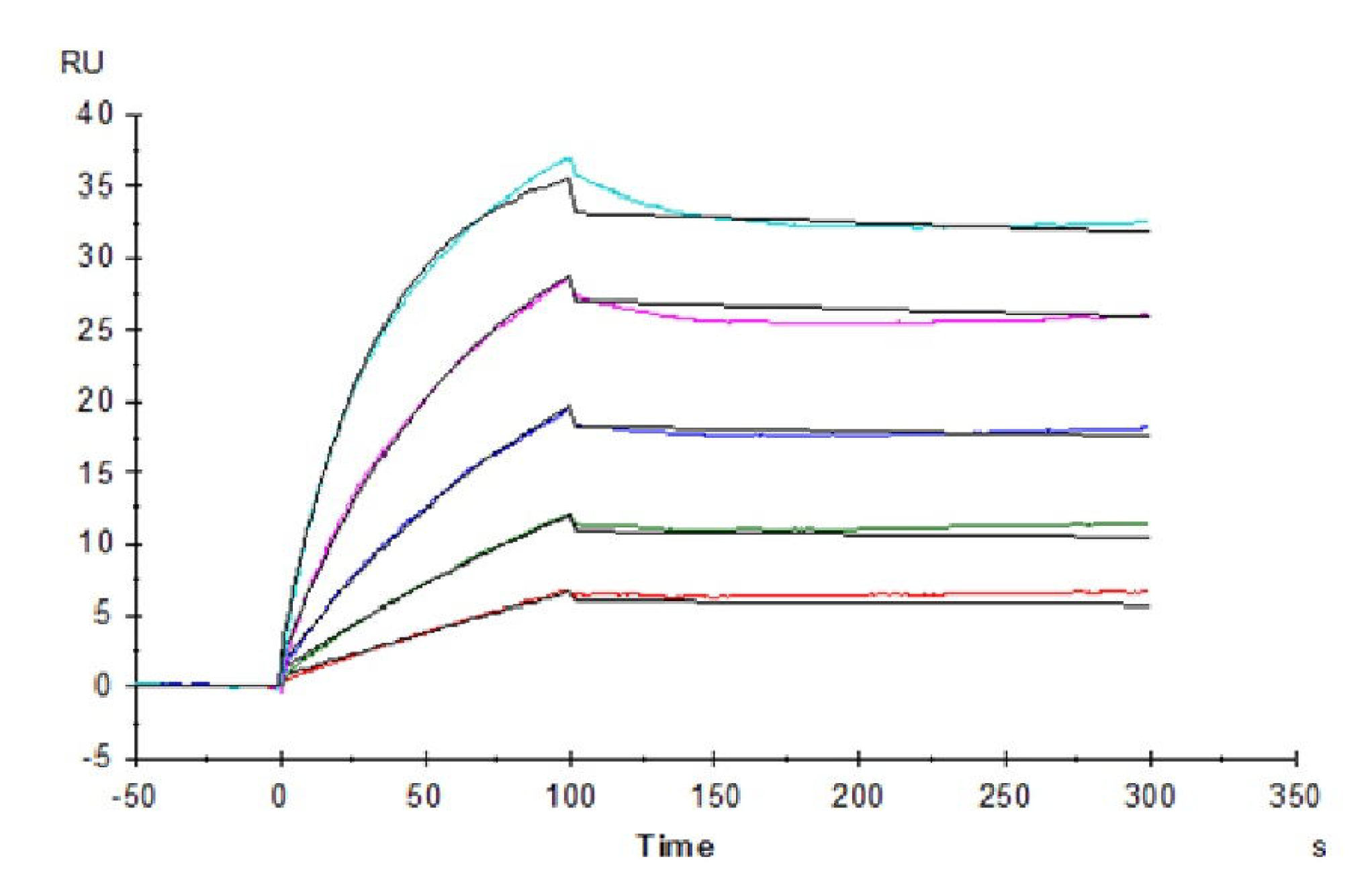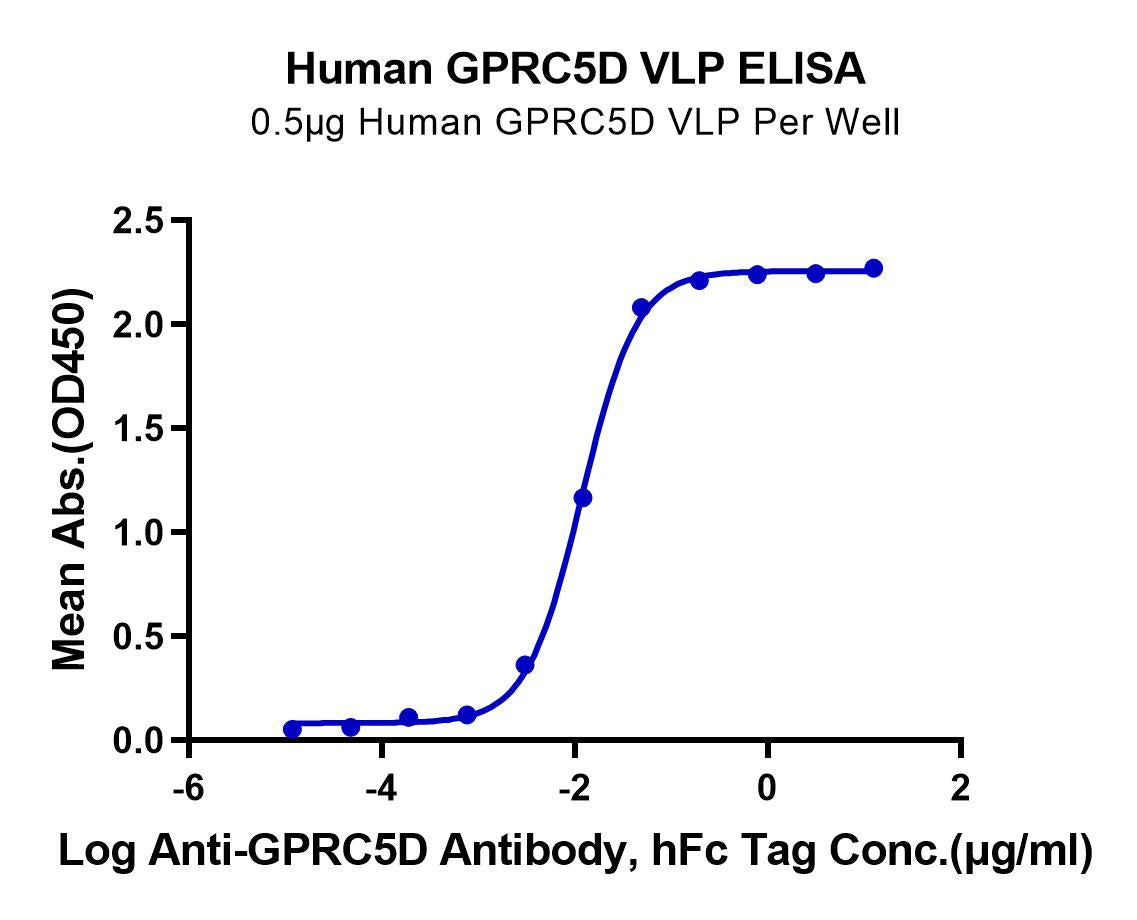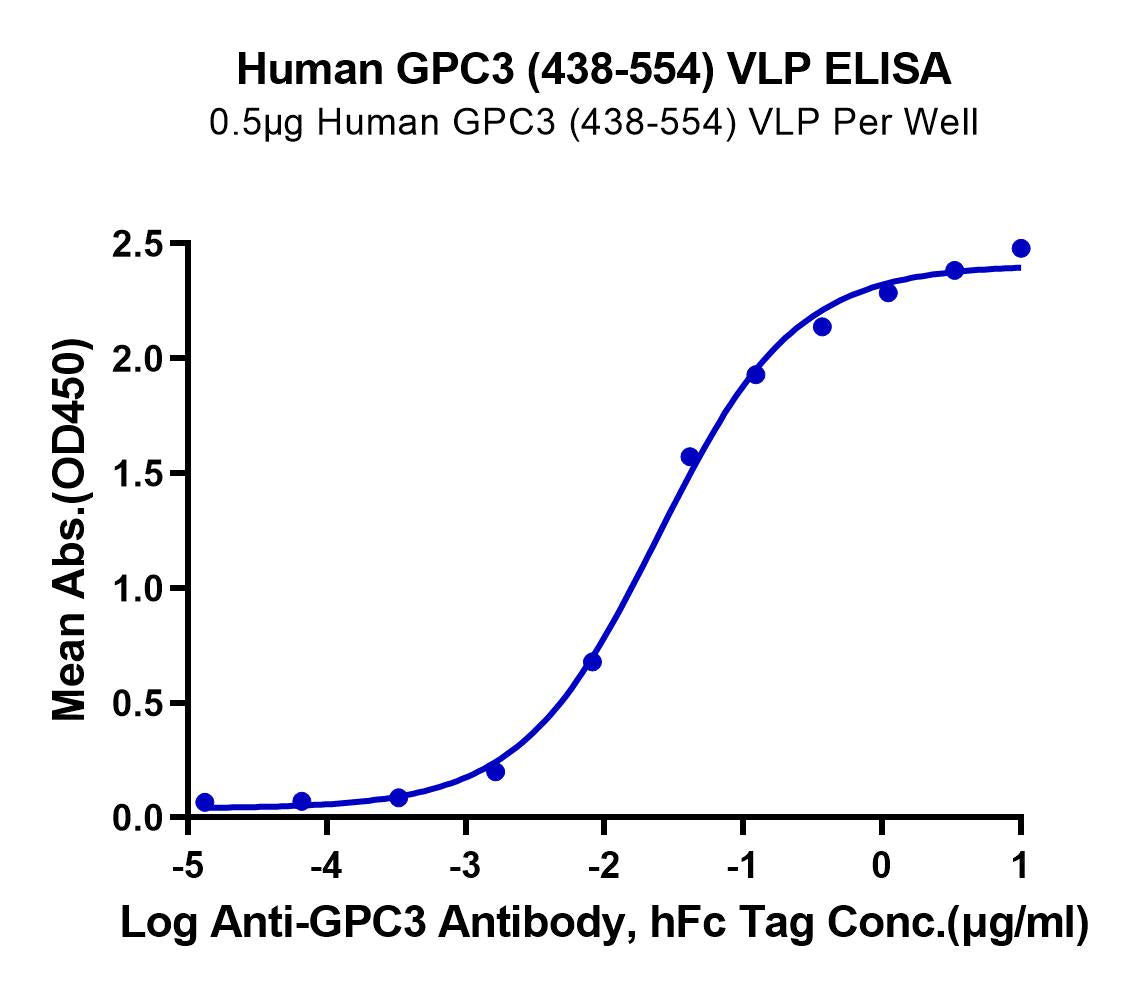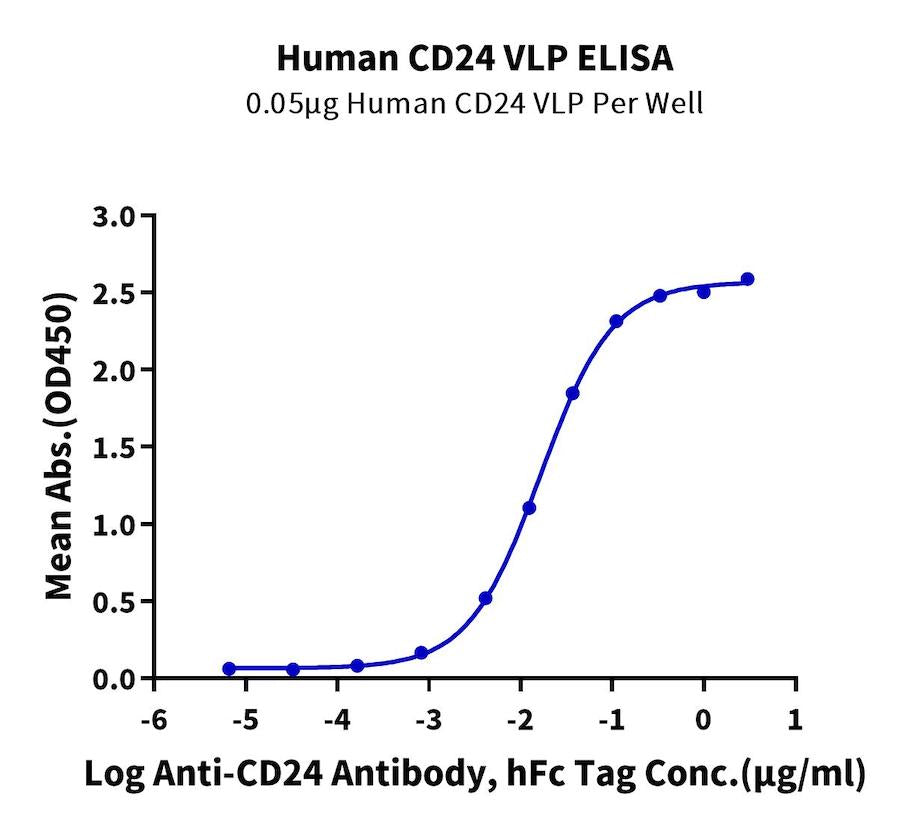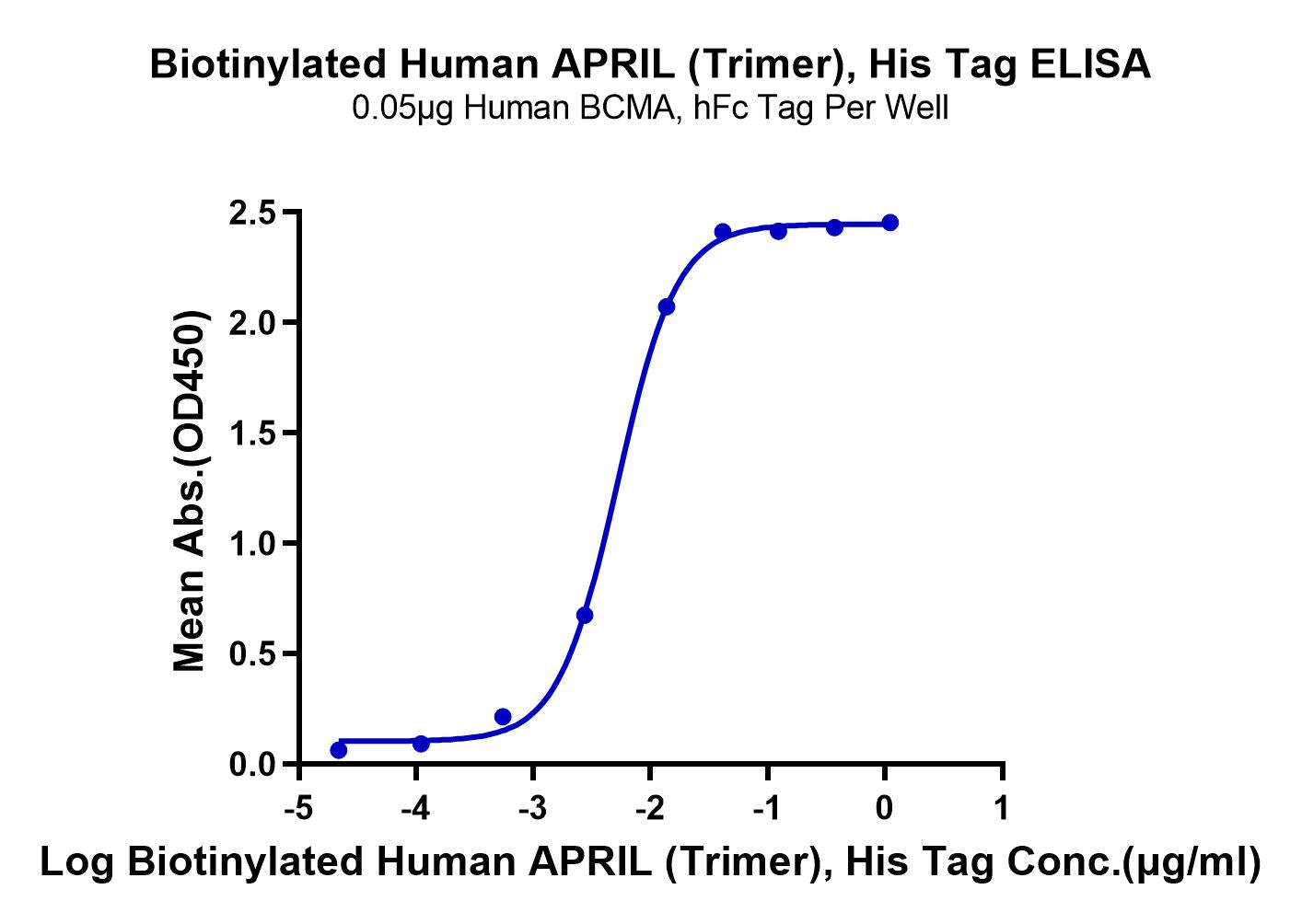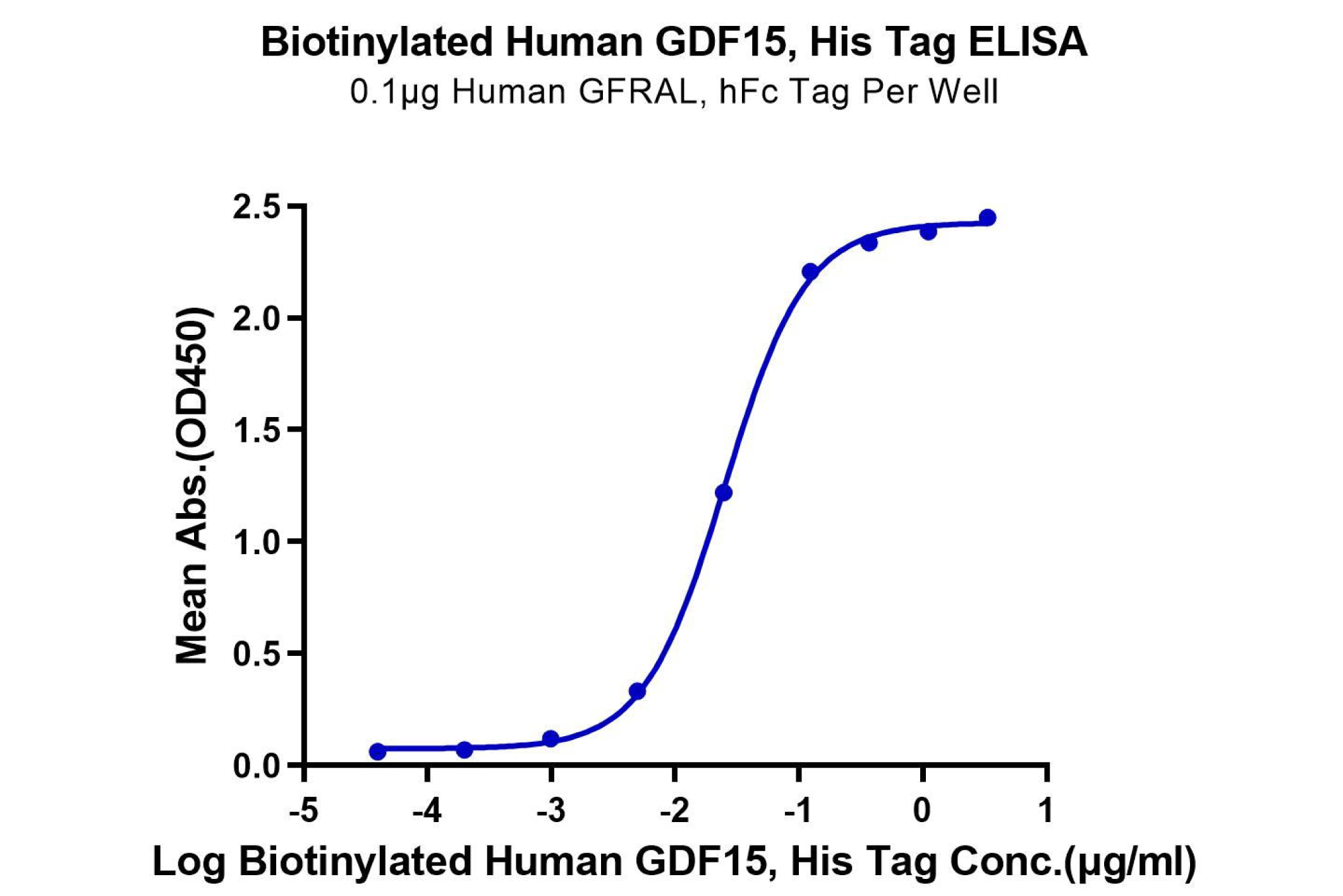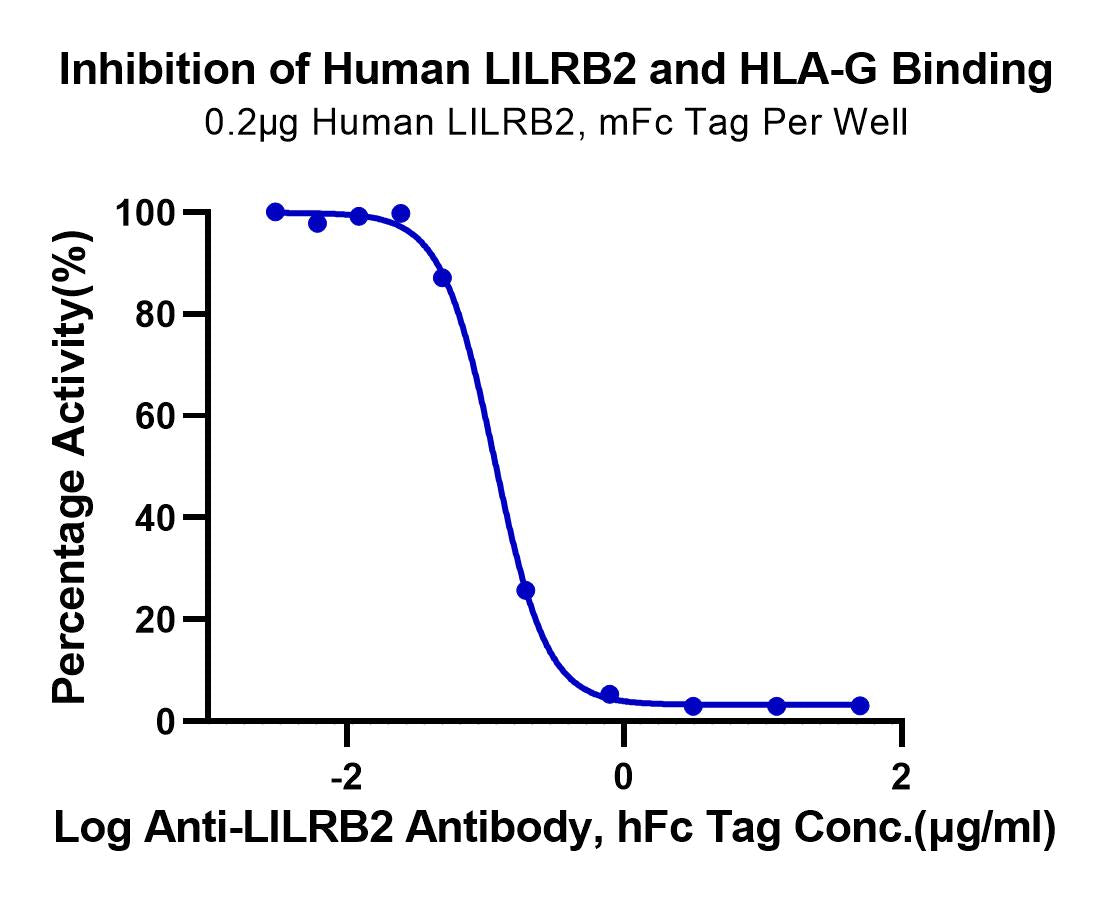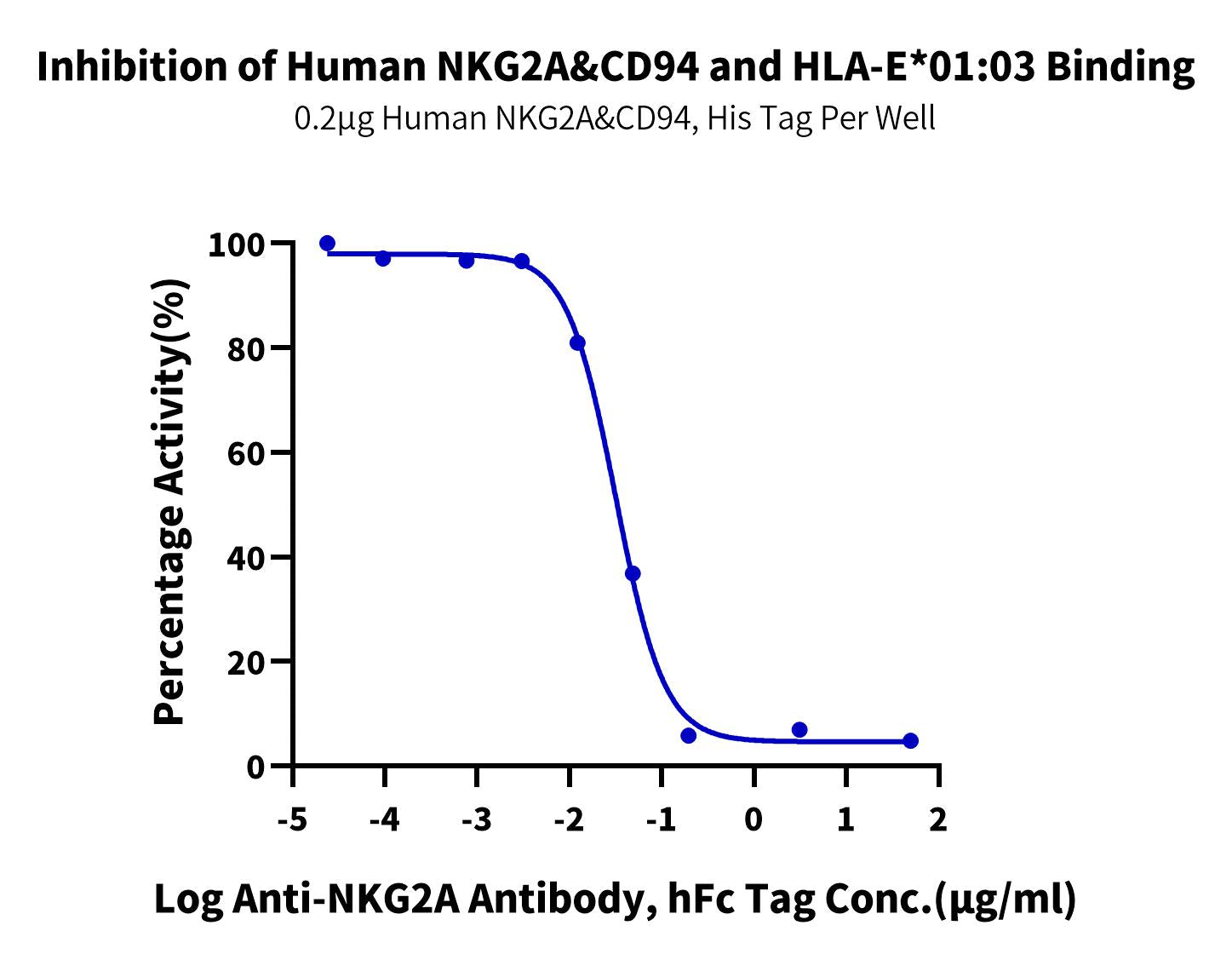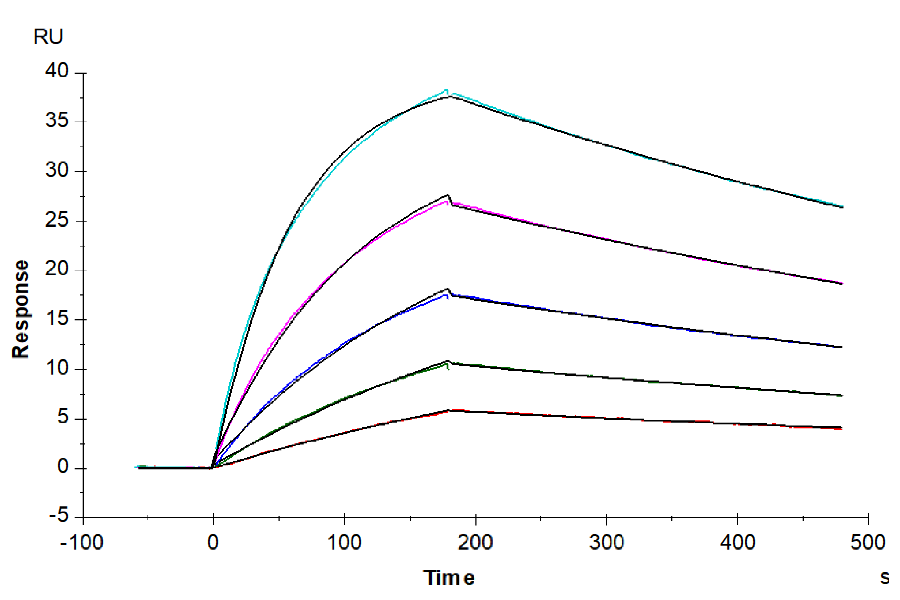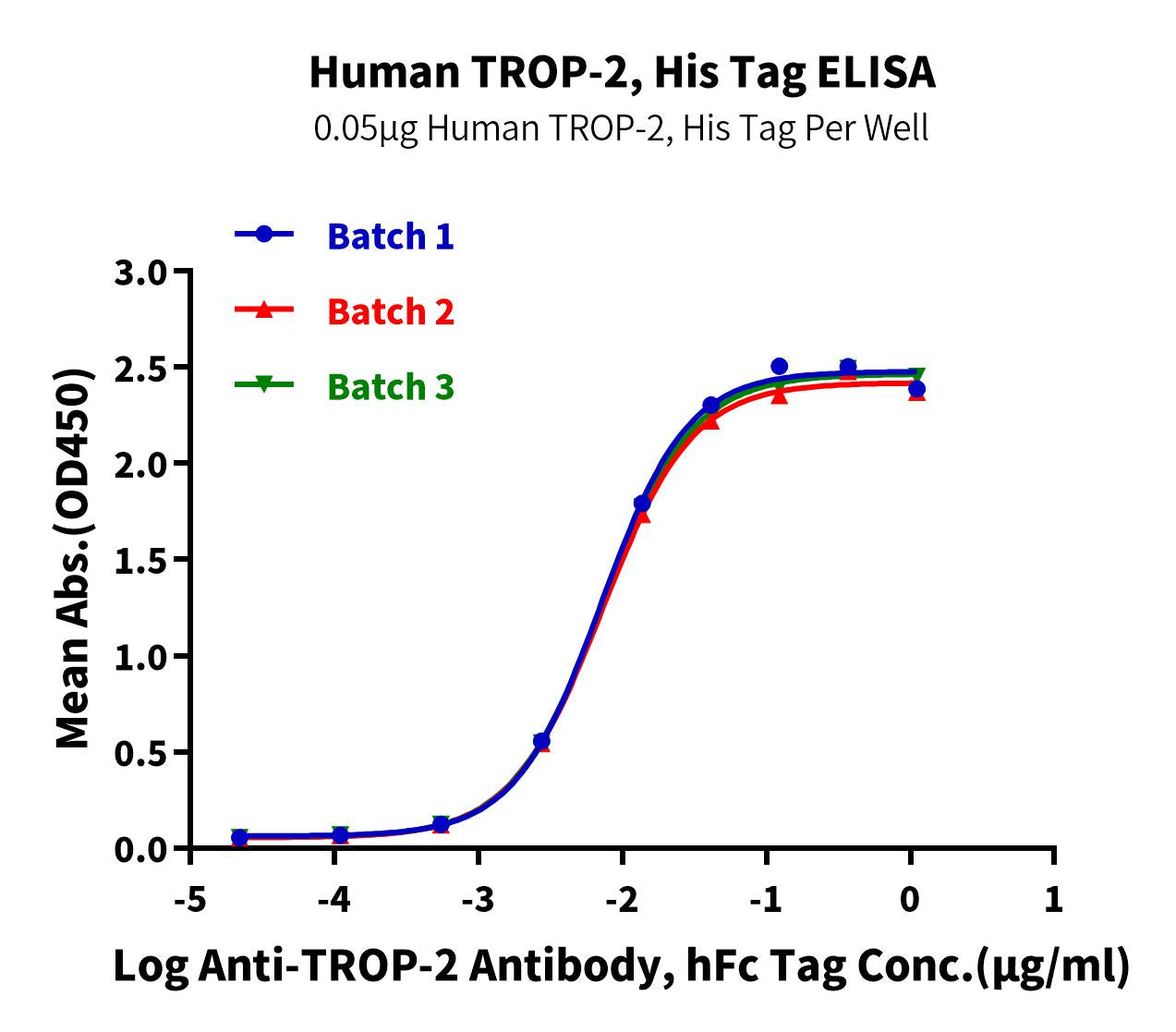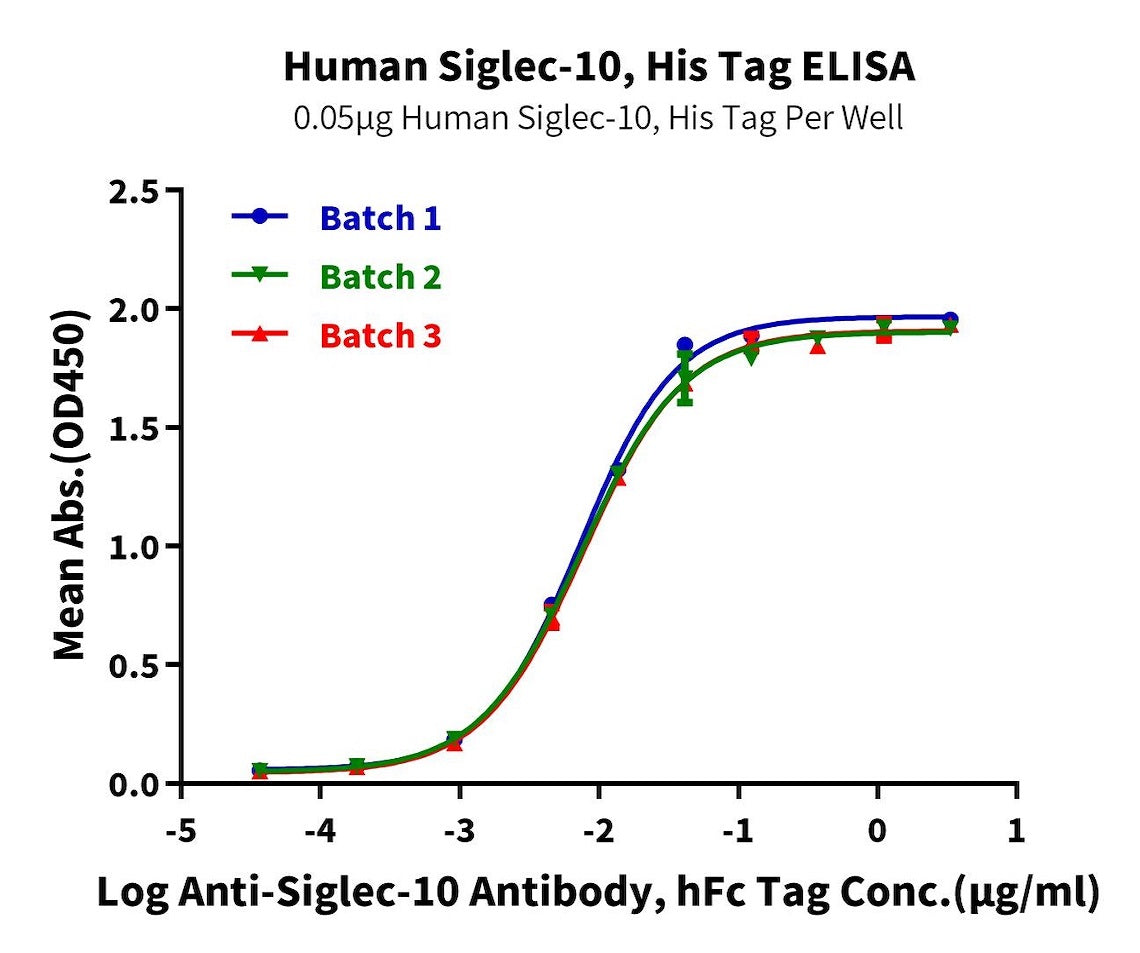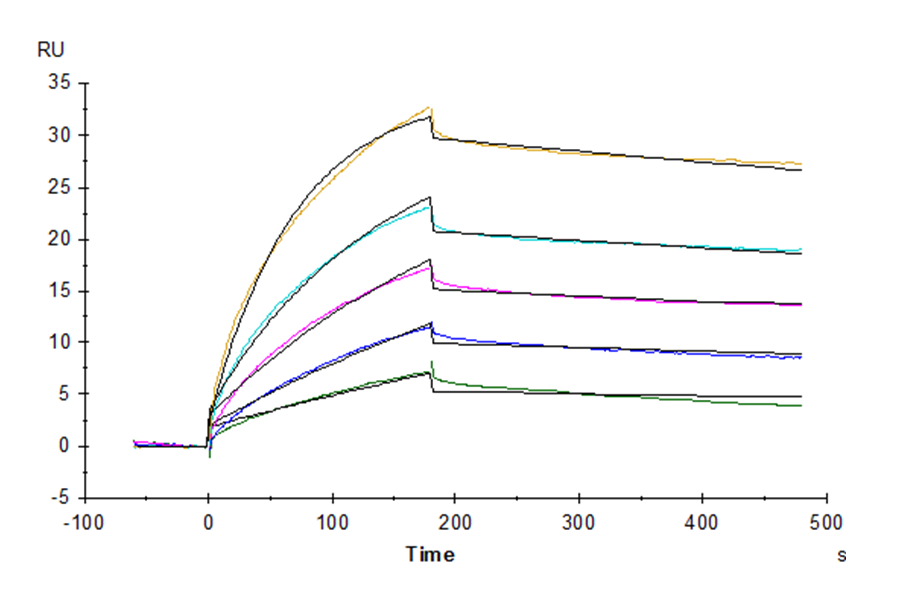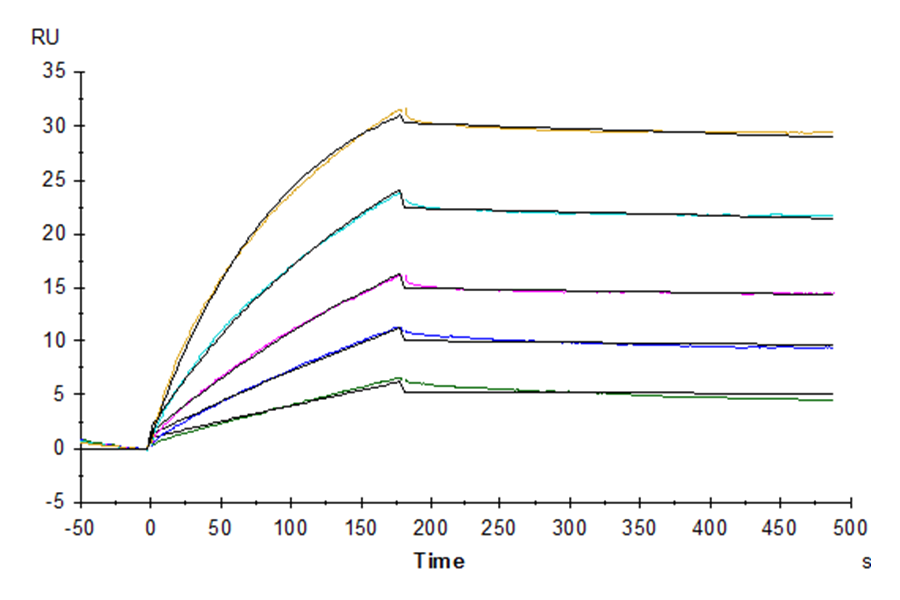Target Proteins for Antibody Drug Discovery
Comprehensive portfolio of target proteins designed for every stage of antibody drug discovery campaigns.

Overview
Since the approval of the first antibody drug OKT3 in 1986, antibody drugs have occupied an important position in the pharmaceutical market. Currently, antibody drugs mainly come in various types such as monoclonal antibodies, bispecific antibodies, and XDCs (such as antibody-drug conjugates, ADCs). With the continuous development and improvement of monoclonal antibody technology, antibody drugs have become highly diversified in terms of target types, drug forms, and therapeutic areas. KACTUS, with its proprietary protein research and development production platform SAMS™, has launched various types of high-quality recombinant proteins to fully meet customer needs for antibody development.
Target Proteins for Antibody Discovery
In the early stages of antibody drug development, it is often necessary to use antigen proteins for animal immunization to obtain antibodies. KACTUS offers a wide variety of target proteins, all of which have undergone strict biological activity tests, aiding customers in animal immunization. Example data:
Figure 1. Our recombinant human β-Klotho protein exhibits excellent binding ability with its antibody (left graph, ELISA) and ligand FGF21 (right graph, SPR).
For multiple transmembrane protein targets, such as the GPCR family and the Claudin family, the presence of several hydrophobic regions makes it difficult to be solubly expressed and maintain activity. KACTUS adopts special designs, such as using virus-like particle (VLP) proteins for display, allowing soluble expression while maintaining the correct conformation and biological activity of the protein. Additionally, for proteins with poor direct immunization effects or weak immunogenicity, utilizing VLP display not only retains good biological activity but also achieves stronger immunization effects.
Figure 2. GPRC5D and GPC3, displayed using VLP, both exhibit good binding activity with their respective antibodies.
Figure 3. CD24, displayed using VLP, not only binds well with the antibody (left), but also shows a significant enhancement in immunization effects (right).

